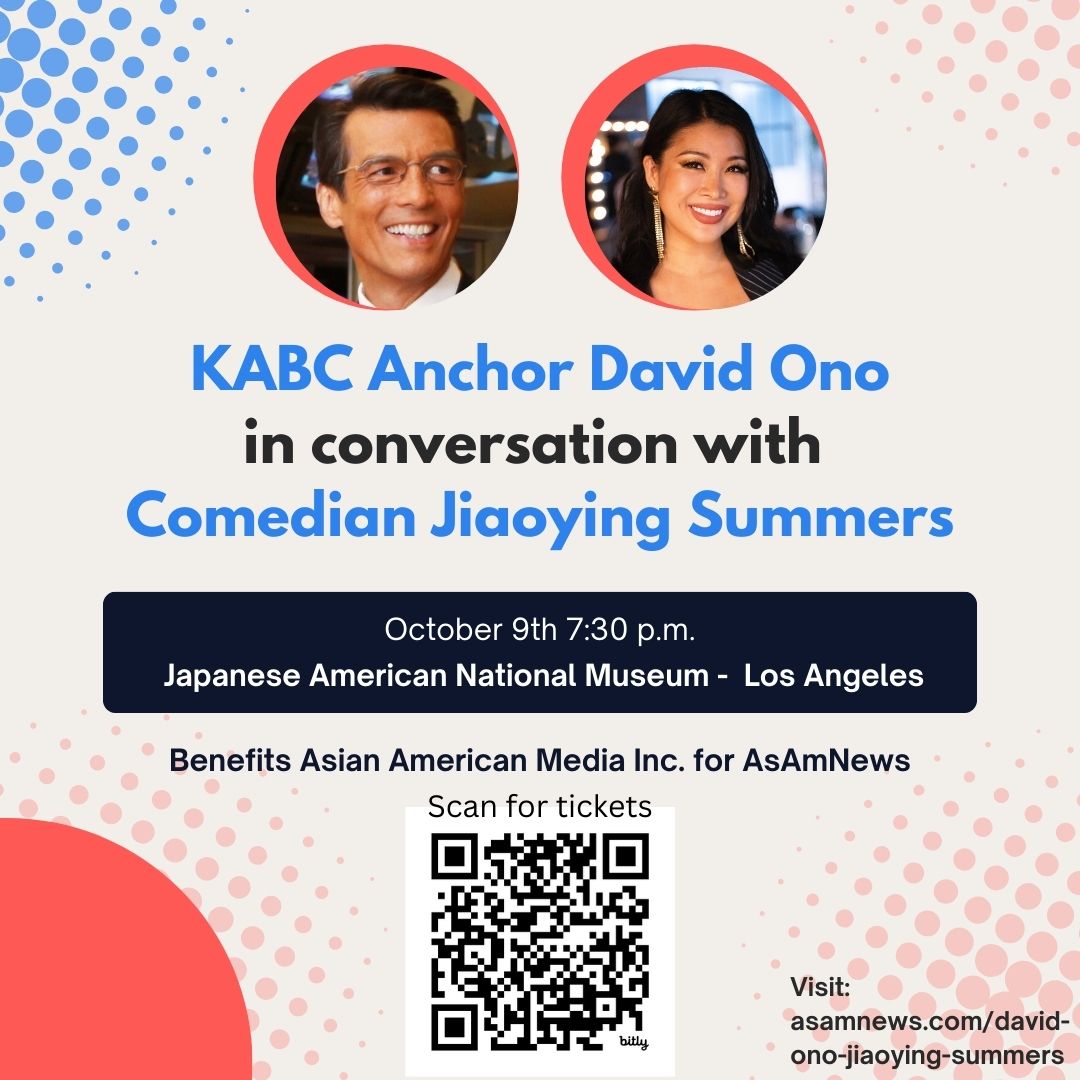By Mimi Chen, AsAmNews Staff Writer
Asians and Pacific Islanders for all eternity have noted food as one of their cultural mainstays. We get together to enjoy the food of our ancestors and regale in each other’s company. As an Asian American born in Chicago, my memories of Chinese food has its place in a special area; I was only able to eat it when we could afford to go to a Chinese restaurant to partake of all the special delicacies.
My mom was raised a privileged child in China, she only had to ring a bell to obtain a glass of water, but when she came here a FOB as a young 16- year-old student sent to study by herself in America, she learned the hard way to manage how to live in a large American household. Consequently, I was raised mostly on a diet of pizza, spaghetti and bagels. Easy food for someone who didn’t really learn to cook.
I posit that music too has a special place for Asian Americans and Pacific Islanders. That in spite of having been raised in another country, we retain a special love of music from people who we share a cultural identity with, even though raised on music that may have originated elsewhere. This was proven in a recent zoom get together of the people who compiled a special playlist for the Smithsonian to celebrate Asian American Pacific Islander Month in May.
I wish they (and I) had recorded it for all posterity because I found the zoom to be lively, fun, informative, but mostly because of the special camaraderie that we all shared as music lovers, even tho it was not an entirely Asian crowd.
LATEST STORIES
The main moderator was author Deborah Wong, a professor at UC Riverside and an ethnomusicologist who specializes in the music of Thailand and Asian America. She talked about the importance of playlists.
“While many playlists are solo offered, a window of an individual’s approach to music, our playlist is not that. It is unruly and all over the map in the way that Asian America is all over the map.”
She noted that playlists create feelings of structure and pleasure. Pleasure is political, so enjoying a playlist is political. And seeing and hearing how individual playlists and artists are connected is one way that new political connections can be made, she added.
So how did this playlist come together?
Sojim Kim, one of the other panelists and a curator at the Smithsonian Center for Folklife and Cultural Heritage talked about what the goal was of the playlist at the Smithsonian, about how it was to create conversations to connect and what people can we bring together, how to reach out and bring together different sectors.
“We all come from different sectors, so the opportunity seemed really exciting, people who would be coming from different places. Different generations, different genres.” she said.
According to Richie Tractivist, the founder of the Asian American music and radio website, Traktivist “Whenever I work with other organizations, I’m always making playlists. So it comes easy for me. Playlists are on there as an idea. It doesn’t take a lot of work, but the scope changes. So we had months where we were trying to think of different things, trying to put events together, in spite of covid. The idea of the playlist really stood out. I think we were talking about different tracks. We’re connected to a bunch of other people who are connected to our community.”
On Zoom, they exhibited a google form of all the folks they were able to reach, a collection of folks who touched on all aspects Asian and music, whether it be from the industry, as an artist, executive, scholarly, or other facet that touched upon music, noting the difficulties of creating a balance because of the many countries, genres, generations and backgrounds involved.
Their combined efforts produced a playlist of 43 songs entitled “Beckoning: A Playlist of AAPI Joy, Sorrow, Rage and Resistance” which was described as “an eclectic mix of heartwarming tunes, instrumentals and pointed social commentary from such veterans as Yoko Ono and The Brothers Cazimero as well as emerging artists like Audrey Nuna and G Yamazawa.”
I myself, having worked in the industry for more than a couple decades, was pleased to see many familiar and unfamiliar names in the list. I could see a good balance was achieved because I would find it extremely difficult to do so were I to take that task on my own. Sure, I could quibble with the list in a personal way, but this was obviously a group project achieved with much effort. But what stood out to me was the listing of the band Fanny twice on the list.
In case you don’t recognize the name, Fanny has a particular historical importance in the realm of popular music. Not only were they the first all female rock band signed to a major label to achieve critical and commercial success, but they were fronted by two Filipina sisters, June and Jean Millington.
The Fanny song Place in the Country was added by Traktivist and June Millington gave us this reaction. Isn’t that interesting, this was a favorite of some of the Marines in Vietnam: “all I need, is a place to myself, and a Place in the Country!” To have it re-imagined as ‘… groundbreaking music and rejection of style and expectations of women in rock. Starting with the song title, this speaks to the frustration of having to constantly prove that we belong in this country as Americans. Furthermore, this track captures the angst, vigilance and desperation as our community faces increased violence, especially against women and the elderly’ is absolutely fascinating, and right-on!!
Rather than encapsulating the gist of all the reasons behind adding each song, one can go to this article here for a more fun read and the full list.
PS They talked about whether they would be making more playlists in the future and to that I say, yes. More please! I would like to see them highlight folks like Don Ho, Hiroshima, Jason Chu and Alan Z and please no more Yoko Ono.
AsAmNews has Asian America in its heart. We’re an all-volunteer effort of dedicated staff and interns. Check out our new Instagram account. Go to our Twitter feed and Facebook page for more content. Please consider interning, joining our staff, or submitting a story or making a contribution.










